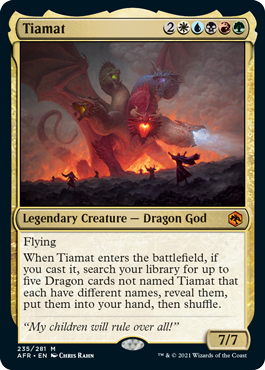

Almanac - A collection of various details on the Realms for players to read, including a list of Faerûn's greater deities, a cultural summary, an introduction to the Realms' cosmology, and an explanation of timekeeping in the Realms.If you want to explore the dungeons, then you can draft Blue-White. This is your classic midrange deck with a small twist. Rituals - New rituals unique to the FRPG, such as analyze portal, purge spellplague, or Simbul's conversion. Forgotten Realms Draft Archetypes Black Green: Creatures Dying.Feats - New feats for the FRPG, including channel divinity feats for the Realms' gods.

Backgrounds - This chapter gives background information on a number of locations from which player characters are likely to hail, including gameplay bonuses acquired from these origins.Character Classes - The new class debuting in the FRPG, the swordmage, is detailed here, along with a new pact for warlocks and a number of paragon paths, as well as a new epic destiny - the Chosen.These qualities make Classes an excellent strategic tool for your deck, while forcing you to think tactically about the right turn in which to grow them. Second, they require you to spend mana in order to level them up. The gnome warlock is ideal to build around within UR, depending. The Forgotten Realms Collectors Guide has been split into four parts: part 1, part 2, part 3, part 4. Races - This chapter introduces the new player races the drow and the genasi, while also giving background details for playing the major player races dragonborn, dwarves, eladrin, elves, half-elves, halflings, humans, and tieflings as well as less common devas, gnomes, goblinoids, goliaths, half-orcs, lycanthropes, orcs, shades, and shifters. First, they give you a permanent effect that an opponent must work at to remove. Feywild Trickster is a Blue Uncommon three-drop that produces a 1/1 Blue faerie Dragon token with Flying whenever a die is rolled.Introduction - This brief foreword lets players in on the basics of the setting, detailing ten things that each player should know about the 4th edition variant of the Realms. This guide explains what to record on your Adventure Log and when see page 6 for more information.The book is organized into seven chapters, as follow: The book does contain a small amount of lore, though only what each player is expected to know, such as details on the nation from which their character hails as well as basic details on each of the races, etc. Unlike the Campaign Guide, which focuses on lore (commonly refered as "fluff") and background information for so-called "dungeon masters" game referees and storytellers to use, the Player's Guide, or FRPG, focuses on "crunch," that is to say, information immediately relevant to the game such as new player races, a new class, new paragon paths, and a number of other materials for players to make use of in their game. This is, along with the Forgotten Realms Campaign Guide, the most recent release of the Forgotten Realms campaign setting for Dungeons & Dragons.


 0 kommentar(er)
0 kommentar(er)
